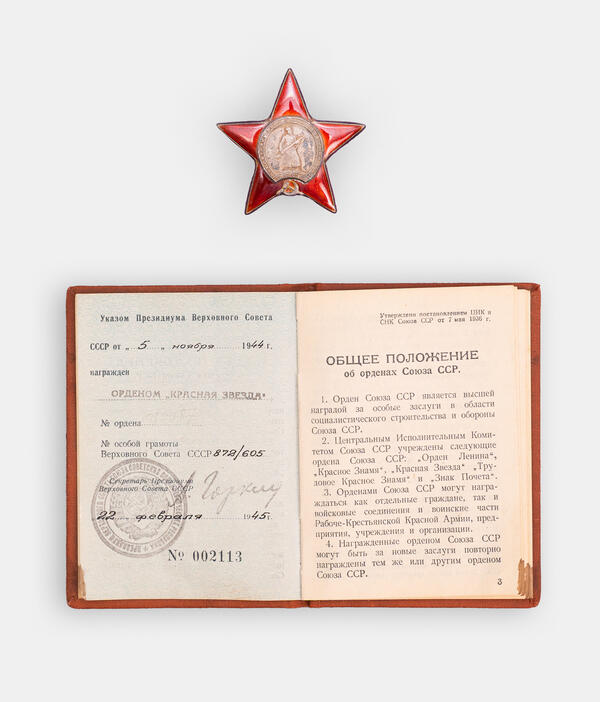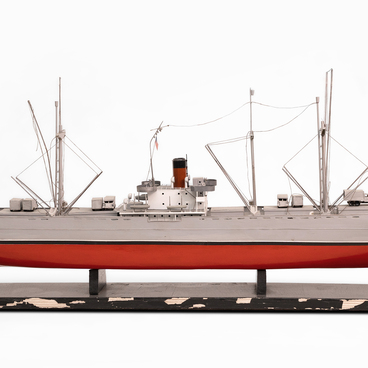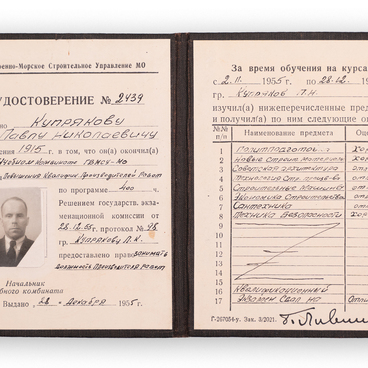The Order of the Red Star was established on April 6, 1930. The statute of the order was approved on May 5 of the same year. The Order of the Red Star was considered an exceptional military award. It was awarded to citizens of the Soviet Union who showed courage in defending their homeland. Most often, it was received by military personnel, policemen, and state security officers. Moreover, it was presented regardless of rank: both soldiers and officers could receive it. The Order of the Red Star could also be bestowed upon military personnel of foreign countries. During the Great Patriotic War, 2,860,000 people were awarded the Order of the Red Star.
The Order of the Red Star is a five-pointed star covered with ruby-red enamel. In Greco-Roman symbolism, the five-pointed star was an attribute of the god of war Mars, who, according to legend, was born from a lily, which resembles a five-pointed star. This interpretation of the star’s origin and significance dates back to the Great French Revolution. Later it became part of the military symbols used by the French Republic. In tsarist Russia, freight railcars were branded with a pentagonal star, with a double-headed eagle depicted within it.
In the center of the Order of the Red Star there is a shield with the image of a Red Army soldier in a greatcoat and a budenovka hat with a rifle in his hands. An inscription runs along the rim of the shield that reads, “Workers of the world, unite!”. In the lower part of the rim there is an inscription “USSR”.
Such orders were awarded to military engineers of defensive lines, who were supposed to cover the main base of the Northern Fleet — the town of Polyarny — and coastal batteries at Cape Set-Navolok at the beginning of the war with the Germans. During the most challenging moments of the war, the personnel of the engineering teams went to the front lines of the defense, armed with weapons. They had difficulties in performing their immediate duties: construction materials were not being delivered to the north, and they had to source them locally. However, despite all the challenges, 67 various facilities were constructed.
The decree on awarding the engineers is kept in the
museum.



